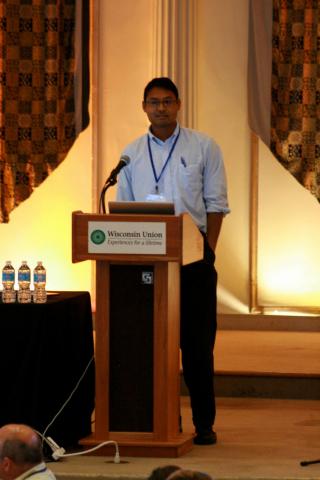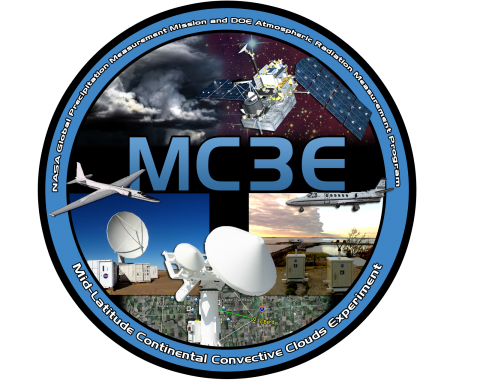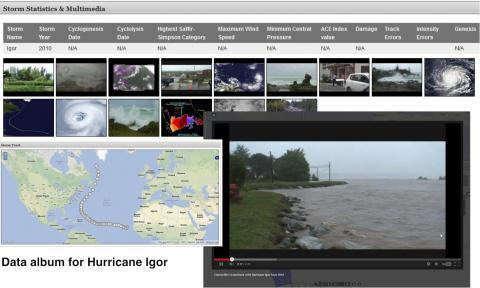
Dr. Rahul Ramachandran has been elected to serve as the chair of the IEEE Geosciences & Remote Sensing Society's (GRSS) Data Archiving and Distribution Technical Committee (DAD TC) for a two-year term. This committee provides recommendations and responses to issues related to the archiving and distribution of remotely sensed geospatial and geotemporal data. More information is available at the committee’s web site [http://www.grss-ieee.org/community/technical-committees/data-archival-distribution/]. Hampapuram Ramapriyan of NASA ESDIS is the outgoing DAD TC Chair. Dr. Ramachandran is a senior research scientist with the University of Alabama in Huntsville’s Information Technology and Systems Center (ITSC) and the Global Hydrology Resource Center, a NASA data center jointly operated by Marshall Space Flight Center and ITSC.


 GHRC has completed documentation for the
GHRC has completed documentation for the 




